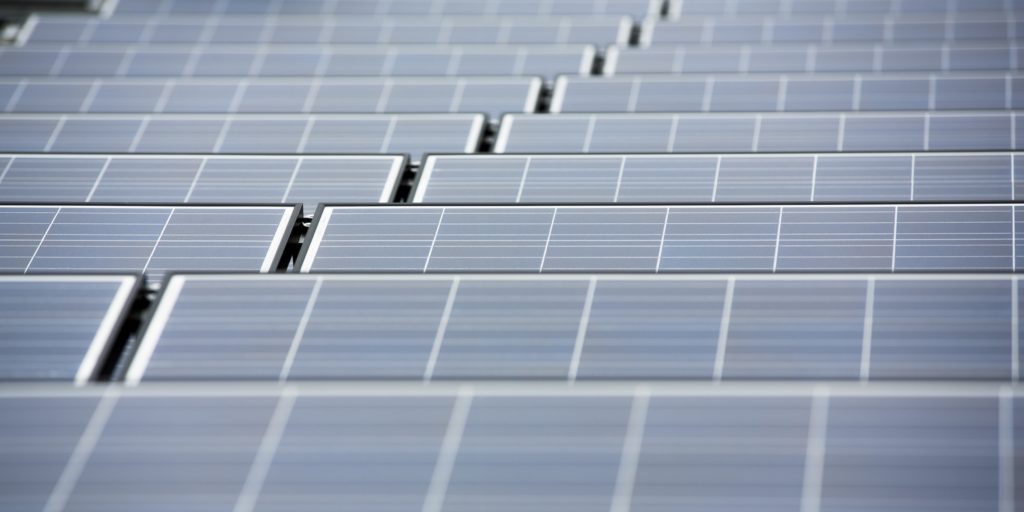The trade war that President Trump is engaging in with China and the rest of the world has happened on many fronts. Following the imposition of global tariffs through Section 201 on imported solar cells and modules, the administration has also imposed global tariffs on steel and aluminum through Section 232, which covers national security interests.
A third prong of the Trump Administration’s pugnacious trade policy has been aimed squarely at China, through Section 301 of the Trade Act of 1974. This law allows retaliation in instances of theft of intellectual property and market barriers, but so far in the $50 billion worth of items included on a list of tariffs the solar and battery imports had mostly been spared.
Until today.
This morning the U.S. Trade Representative included a list of another 284 product lines to the 818 it has approved for duties under Section 301. The new products include solar cell and module imports under 8541.40.60. This means that these cells and modules are among the products that will go to review, and if approved will be subject to 25% tariffs.
As confirmed by trade expert John Smirnow, these tariffs would be in addition to the anti-dumping and anti-subsidy duties imposed on Chinese cells and later Chinese cells and modules imposed in 2012 and 2014.
However, it is unclear where this blow would fall. Thanks in large part to these duties and Chinese PV makers’ subsequent building of factories in Southeast Asia, Chinese cells and modules represented only 11% of U.S. solar imports in the first 11 months of 2017.
Popular content
Additionally, it is not clear how much, if any of the module manufacturing planned for the United States will use cells imported from China. According to a filing with U.S. trade authorities, JinkoSolar plans to import large-format mono-PERC cells for its new factory in Jacksonville, Florida which is scheduled to officially open during Q4 of this year. However, JinkoSolar today clarified that it is sourcing these cells from its factories in Malaysia, not China.
First Solar’s thin-film modules will also not be affected. SunPower has also stated that it will not be sourcing cells from China for P-Series production at the SolarWorld Americas factory in Oregon it is in the process of acquiring – assuming the deal closes.
It is not clear where Hanwha Q Cells plans to source the cells for the 1.6 GW factory that it is planning in Georgia, which could be the largest solar factory in the Western Hemisphere when complete.
Correction: This article was corrected at 00:30 AM CET (Berlin) on June 16, to note that JinkoSolar will be sourcing the cells for its products from Malaysia, not China as previously reported. We regret the error.
This content is protected by copyright and may not be reused. If you want to cooperate with us and would like to reuse some of our content, please contact: editors@pv-magazine.com.


More tariffs on the solar industry while the Trump Administration continues to argue mandated advantaged pricing for the U.S. coal and nuclear industries based on “national security”.